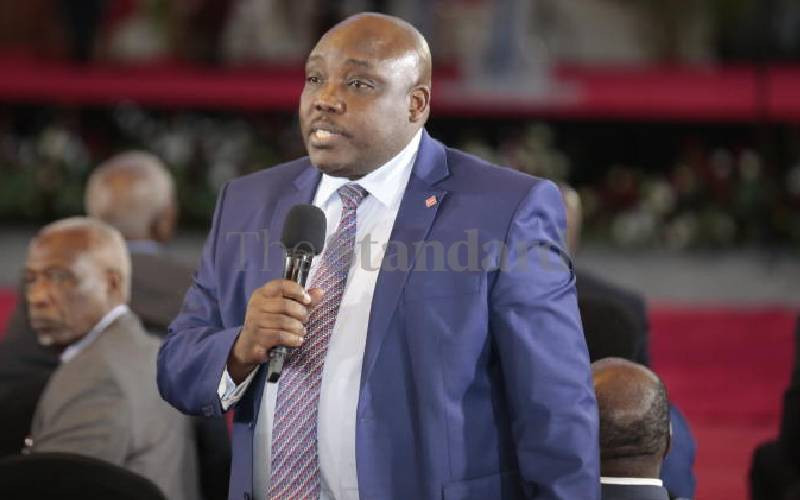×
The Standard e-Paper
Kenya’s Boldest Voice

It is now emerging that the primary and secondary school your child attended and your family size will be among the key factors that determine whether they will get a State scholarship.
A government report seen by The Standard shows that the number of siblings a student has if they are attending secondary, primary, or tertiary education will also decide the student's financial ability and the extent of support needed.